The Sansui corrosive glue problem affects many vintage amplifiers and other equipment. Resolving the issues caused by this glue can be time-consuming.
You may be familiar with the scenario: over time, your favourite Sansui (or other) amplifier starts to develop faults. Maybe it won’t come out of protection, or maybe a channel becomes intermittent. These sorts of problems have many causes, but one common one is the infamous Sansui corrosive glue.
The Glue
Most equipment manufactured by Sansui, and others, during a certain period in the ’70s and ’80s, will be affected by a nasty, corrosive glue compound. It’s called polychloroprene and, in certain situations, it eats through components like an acid. It literally becomes corrosive glue.
Polychloroprene has been around for a long time – since 1931. It’s a powerful and long-lasting contact adhesive used in many industries. You can read more about polychloroprene and its properties in this fascinating article.
Many electronics manufacturers use polychloroprene glue to secure capacitors to circuit boards. It effectively reduces vibration and therefore improves sonic performance and reduces the risk of vibration damage.
However, it seems long-term testing to see what would happen to the parts held down by the brown glue wasn’t done. The result is a huge number of problems caused by the glue eating through components in gear from this period.

The Problem
That’s right, the glue these manufacturers used is corrosive or becomes so over time. I’m sure this was not well understood at the time, but it can create big problems. What happens is that the glue, whenever it touches tin-plated copper legs of components, literally eats through them given enough time and possibly some environmental conditions conducive to this process.
The damage can be so severe that I’ve worked on equipment where components have fallen off the board when I’ve touched them. The amplifier I was working on when I originally wrote this article was no exception, several parts were so badly damaged they were just hanging off the board.

Affected Equipment
I wish I could say this is just a Sansui corrosive glue problem, but it’s not. Various manufacturers, notably Sansui, Luxman, Marantz and others used it extensively. There’s no doubt that Sansui loved this glue, it causes havoc in virtually all of the AU series of amplifiers, plus a whole bunch of other stuff they made. But it’s also found in a whole bunch of other gear, especially from Japan.
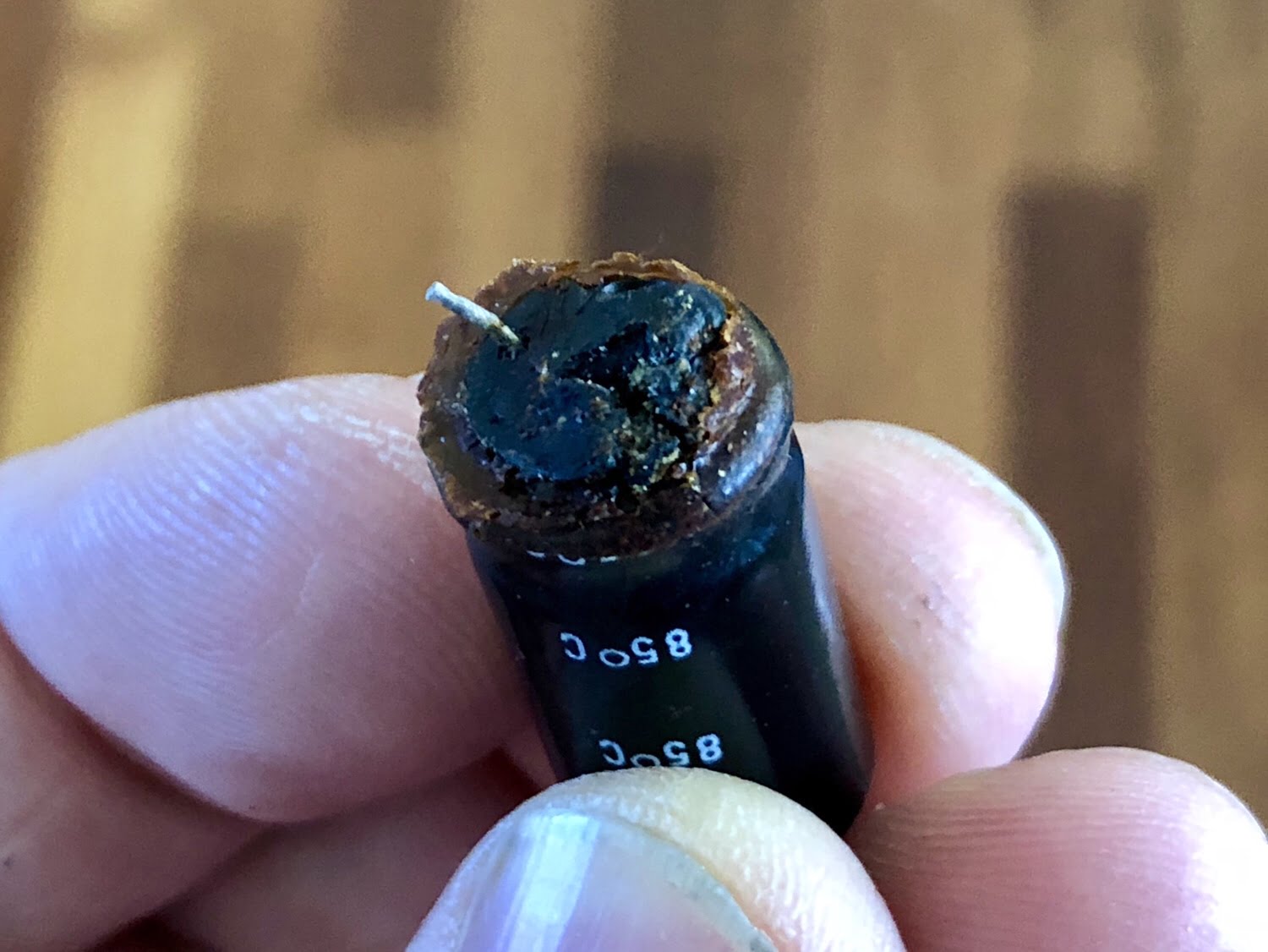
The Solution
This corrosive polychloroprene glue will destroy circuit board traces, eat through component legs and even dissolve the parts themselves. Anywhere you find this dark brown glue impinging on component leads, it must be carefully removed from boards and parts.
If the glue is hard and crumbly, I find it easiest to scrape it off with a hard tool, like a flat-blade screwdriver for example. If the glue is still pliable, it can be much more difficult to remove. Often a combination of acetone and a scraping tool will work best in these situations. The idea here is to soften and loosen the polychloroprene before scraping it off.
One must also carefully examine the leads of any parts that have been exposed to this compound for signs of corrosion. Replace affected parts where necessary and if in doubt, err on the side of caution and replace the part. The Sansui AU-717 amplifier I restored for my customer which prompted me to originally write this article needed many new parts.

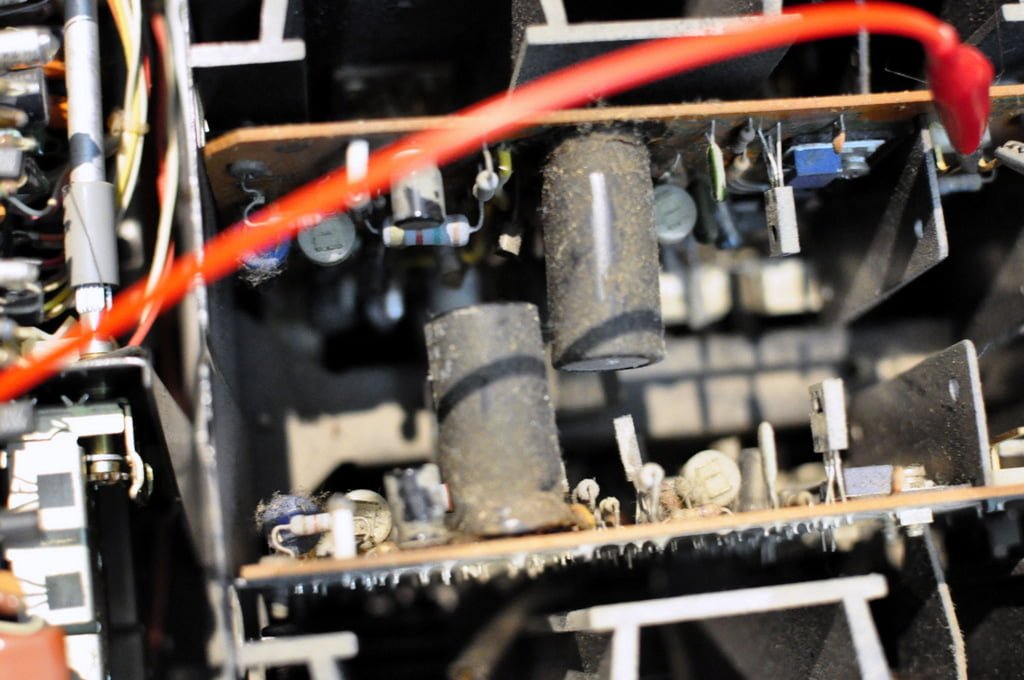
Discover more from LiQUiD AUDiO
Subscribe to get the latest posts sent to your email.

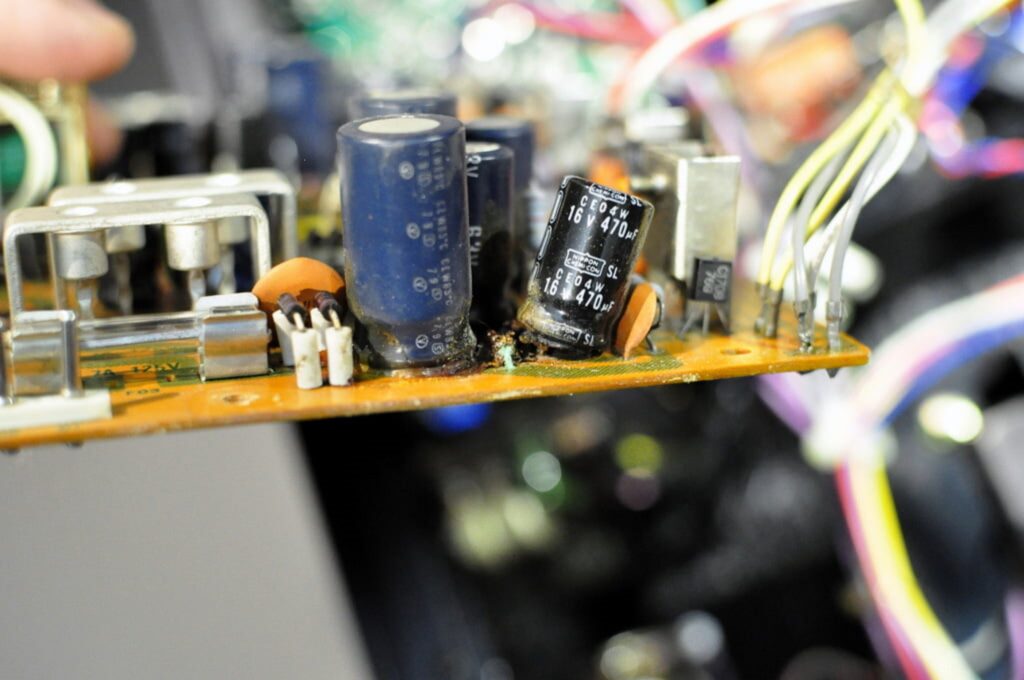

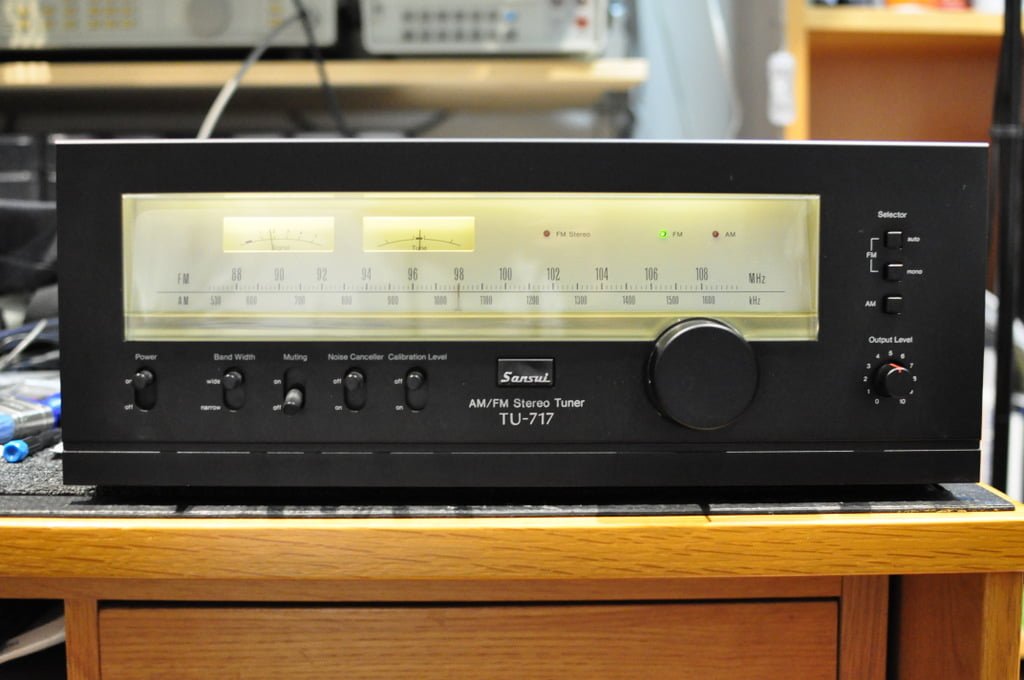
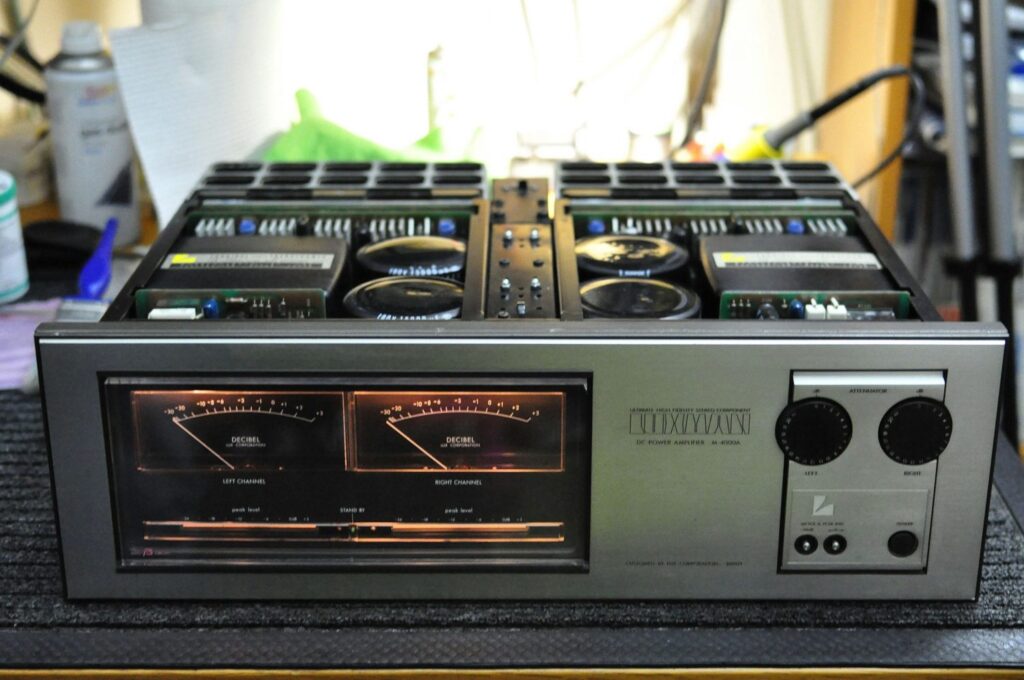
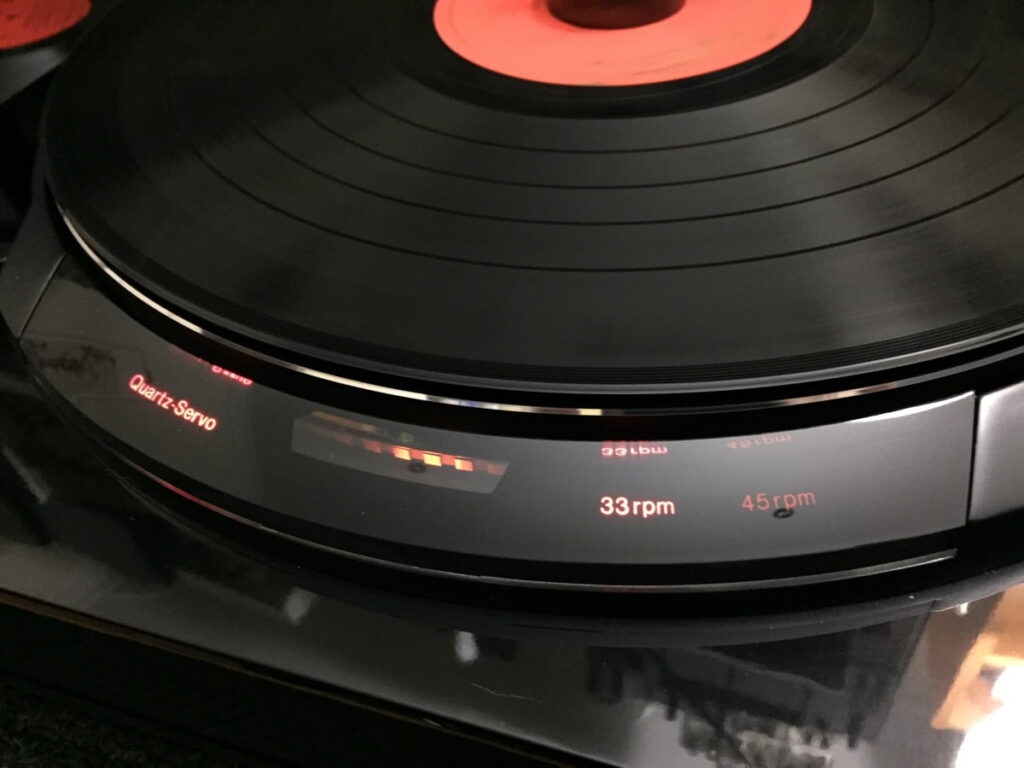
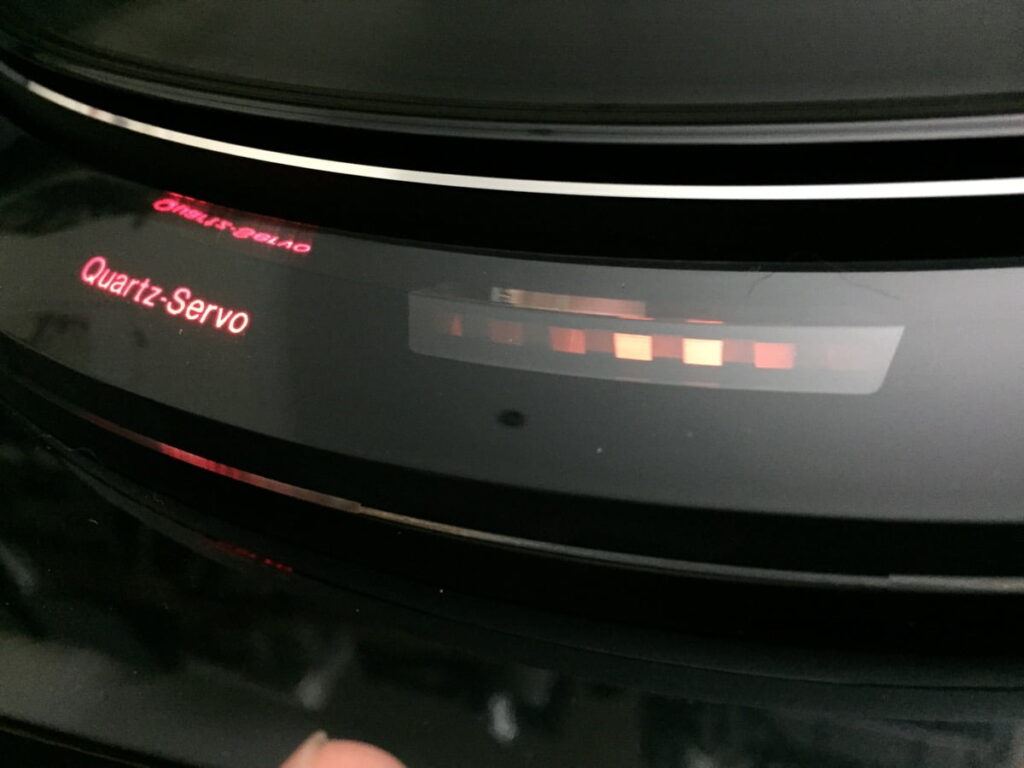
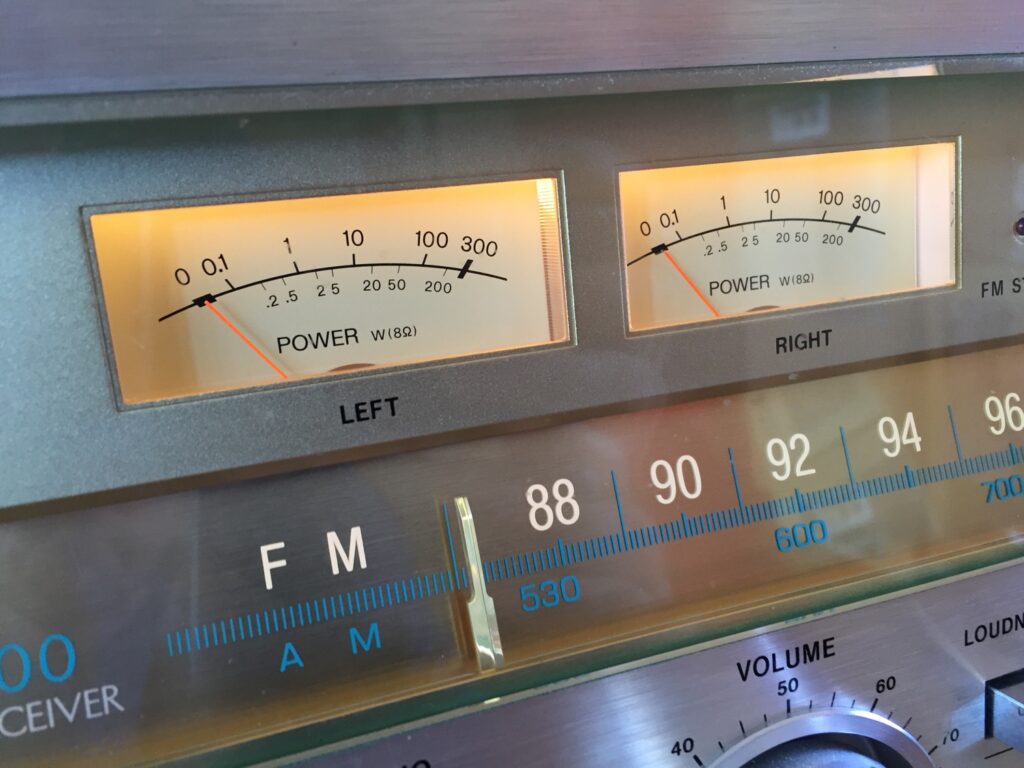
what do you charge for Sansui AU-717 Amp recap and restore?
Hi Jack, I’ve emailed you about this so hopefully you received that message. Prices vary somewhat according to the condition of each individual piece, whether new main filter capacitors (expensive items) are required, level of corrosion of boards etc. It is best if I inspect the equipment and then give you an estimate. Be aware that there are really only one or two people in Western Australia who work on gear like this to the standards you see here on these pages. There are some very poor operators out there and you absolutely don’t want someone like that working on gear like this! Regards, Mike.
Nice work there Mike. I have never had that in my Technics amplfiers but a NEC CD player from the 80s had that glue, caps damaged, transistor, ate legs from a regulator. I have fully resorted it now and works a charm. That is some nasty glue. Looks a lovely amp the Sansui, never had one but I like the layout of it.
Hi Sam, good work fixing your CD player. Yes these Sansui amplifiers are extremely well designed and engineered, apart from some production engineering decisions like using that glue!
As always, an interesting, useful, clear and well-written article. Thanks Mike!
I have recently bought an AU-4900 amp so I will bear in mind this glue issue if I encounter any problems.
Great to hear and thanks Rob, yes it’s a good idea to remove as much of this as possible wherever you find it.
Hi, friend
I write from Mexico, your research is very interesting.
I have a doubt, I recently bought the sansui Au 919, apparently it does not have glue problems, and everything seems to work correctly, I know that all vintage amplifiers tend to get hot after a short time of being in use, when using mine after 2 hours of continuous use, I placed the palm of my hand on top of the top cover and it was very hot but was tolerable to the touch, is this normal?
I only have 2 Jbl 8 omhs speakers connected to the
Hi Gus, thanks for your question. Briefly, some heat is to be expected as a result of the quiescent current draw. Many factors affect how hot an amplifier gets including how/where it is situated, ambient temperatures, airflow, quiescent current setting, duty cycle/volume, general amplifier health etc. Further discussion and/or investigation are likely necessary to know more. More detailed technical advice can be obtained via my contact page and following the steps outlined.